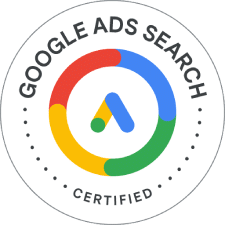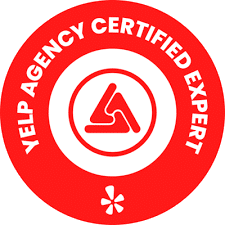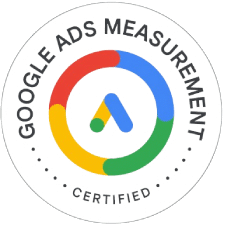For a robust SEO strategy, we need to optimize our website content for search engines, add relevant keywords, include meta descriptions and title tags, and improve technical SEO. While these are a few crucial components of the search engine optimization strategy, website design is equally important. Your website design can make or break your SEO.
Why Your Website Design Matters?
Sure, your SEO and SEM strategies bring traffic to your website, but what after people land on your website? Your website design and interfaces are responsible for convincing your audience to stick around and take the necessary actions.
You may be offering the best quality products at the lowest possible price. Still, it isn’t going to influence your customers’ buying decisions until they are satisfied with your website design. A good website design leaves the first impression on your audience.
So, What Kind of Website Design Do I Need?
You don’t need to be ultra-creative with your website; just a simple and professional-looking site that’s easier to navigate is enough. For a startup, a user-friendly and straightforward website design featuring high-quality and relevant content can go a long way in attracting your target audience. Besides, there is a good chance your audience will recommend your website to others if they like the design and offerings.
Please don’t focus too much on creativity or trends to make it visually appealing. For example, website owners add parallax backgrounds and sliders to improve the visuals, following the latest website design trends. While they may look good on your site, these creative ideas can also distract your audience. In addition, the more creative elements you add to the site, the more coding you need. This might hurt your website’s loading speed and functionality. Here’s how to design a website that attracts prospects and increases conversions.
Mobile Compatibility
According to Statista, Mobile searches contribute to half of the total web traffic. It’s easier for people to search on their mobile screens instead of opening their PCs. The popularity of mobile searches has increased exponentially in the past few years. It’s become necessary, more now than ever, to optimize your website design and experience for mobile users. Since most searches are done through smartphones, you must ensure that your website offers the same experience on smaller screens as desktops.
Mobile compatibility has become so crucial in your SEO that Google has started ranking your website based on its portable design. Google has also announced that it will incorporate the Core Web Vitals (an indicator showing your website’s performance on mobiles) into its ranking algorithm. So, you should focus on the mobile experience and make your website mobile-friendly.
Clear CTAs (Call to Action)
The right SEO strategy can bring your audience to your landing page, but it doesn’t tell people what to do next. You are supposed to guide your audience through the sales funnel to help them complete the purchase. Once your audience arrives at your landing page, they must clearly know which action they need to take. Your CTA (call-to-action) helps people navigate your site and take the right action to complete the transaction – whether it is subscribing to a membership plan or buying a product from your landing page.
The accuracy of the CTA depends on the copy, but your website design is equally important. That, however, doesn’t mean you can add bright and funky colors to attract your audience’s attention. Never use any cheap effect or excellent design, as it can hurt your website’s credibility. A good website design includes a well-written and easy-to-locate CTA tailored to the audience’s requirements. It is simple, clean, and professional.
Avoid Clutter
Simplicity is the key to an attractive web design. When someone visits your page, they take only a few seconds to decide whether to stay or hit the back button. So, an eye-catching website and attractive visuals can draw their attention to your brand. Your viewers can check your homepage to see what your offers are. So, keep the fonts, typography, colors, and layout simple. Let your audience enjoy a seamless experience exploring your site.
Offer Free Downloads
The SEO strategy alone isn’t going to increase your conversions. The competition has reached a level where you must offer free products and unique services to catch your audiences’ attention and convince them to buy from your store. Your website viewers find your page through different sources.
Some might click on a social media link that directs them to your landing page, while others might get to your website through a guest blog. However, these people will not stick around if they don’t know what action to take. Free downloads and accessible resources are a great way to keep them engaged with your brand. Most importantly, these free resources help you build a solid email marketing list, adding people who are interested in your offerings.
Keep the Structure Simple
Over-engineering is another common cause of distraction; A complex website structure can affect your organic search visibility. Could you keep the blog titles, tags, website URLs, and other links simple and easy to understand? It makes it easier for your audience to remember your website pages and understand which page they are directed to.
Keep Improving
There is more to your website design than aesthetics. Giving it a relaxed and creative design does not guarantee a successful website. The functionality, navigation, and CTAs are essential in keeping up your audiences’ engagement and converting your prospects into leads. Your goal is to make your website user-friendly and professional.
It should be easier to navigate and filled with content your audience can relate to. Your job still needs to be done with setting up your website. Instead, you should track your site’s performance and improve its structure to make it as clean and user-friendly as possible.













